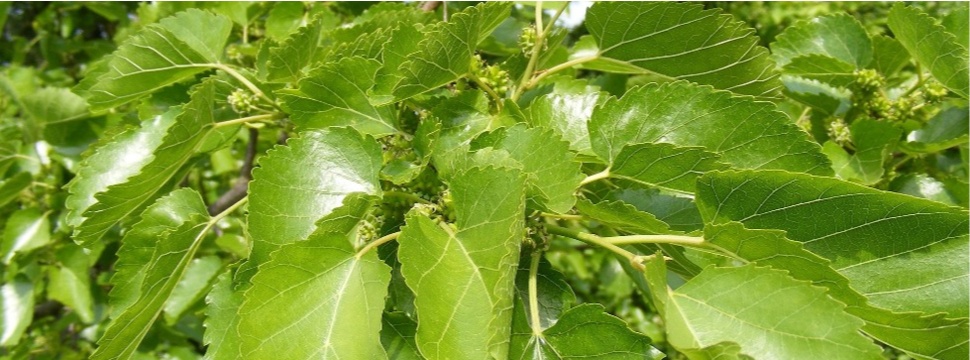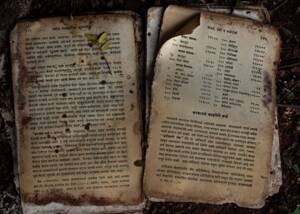Papermaking from the paper mulberry tree
News News blog
The paper mulberry (Broussonetia papyrifera), also known as paper mulberry or Japanese paper tree, is a plant species from the mulberry family (Moraceae), which also includes the genera figs and mulberries.

The natural distribution area is China, Myanmar, Thailand, Cambodia, Korea, Laos, Vietnam and Malaysia. It has been naturalised on many Pacific islands and also in Japan and Taiwan for a very long time. In the meantime, the paper mulberry has also become established in southern Europe and in the south-west and south-east of the USA. In Central Europe, the paper mulberry is only planted as an ornamental. The paper mulberry tree grows as a deciduous tree and reaches heights of 10 to 20 m, with a spreading crown.
Furniture is made from the light yellow to orange, light and relatively soft wood. The leaves, fruits and bark are used in Chinese medicine.
Paper production
Fibres from the bast layer of the paper mulberry tree used to be used for paper production in China. As early as the 1st century AD, a fibre pulp was made from it in China, which, when mixed with paste, dried and smoothed, produced paper that was used for writing and for lanterns.
It is assumed that the technique of making paper from the paper mulberry tree was also known in Korea from the 2nd century onwards and was then brought to Japan by a Korean monk in the 6th century.
In Thailand, this method of papermaking also became known and the paper was called saa.
In South Korea, the traditional Korean paper hanji is still made from it in an elaborate process and is used in a variety of ways.










